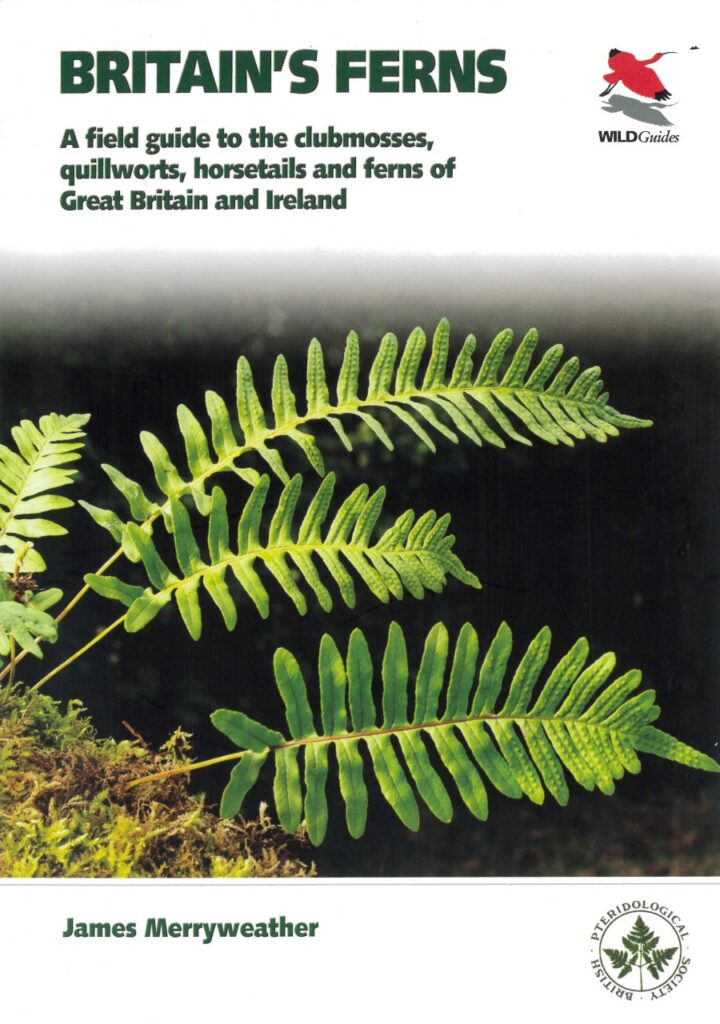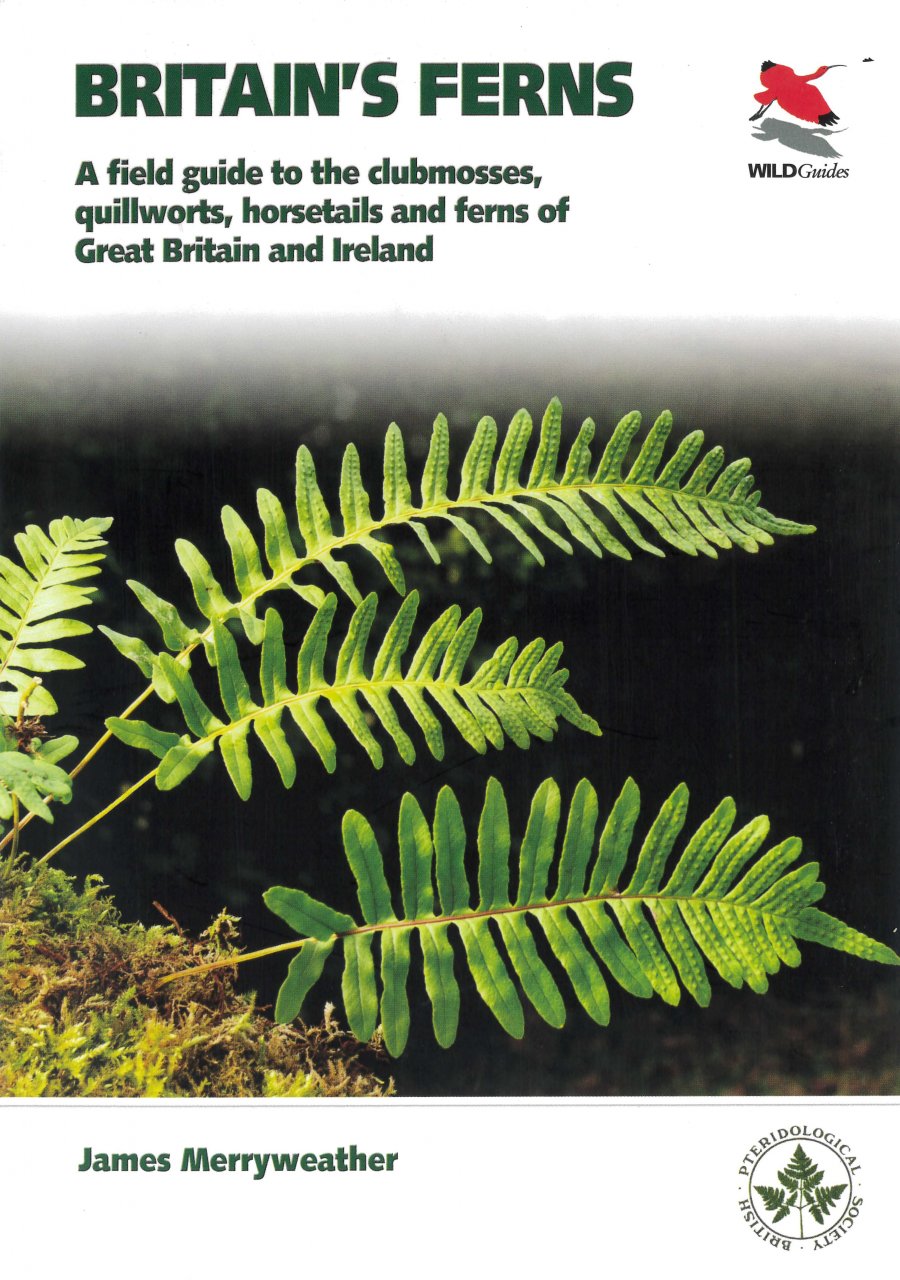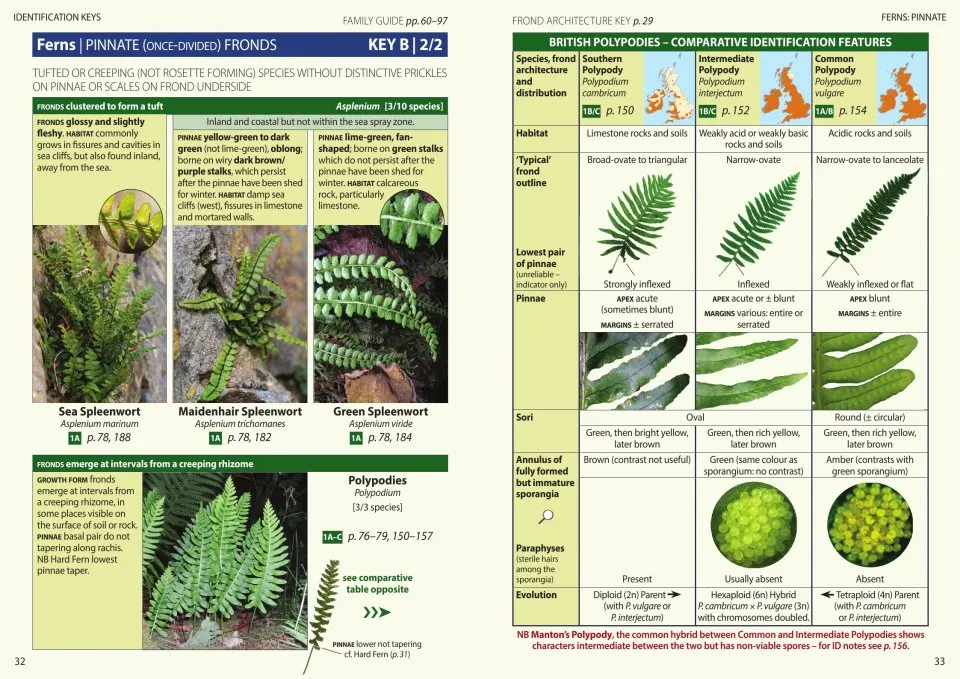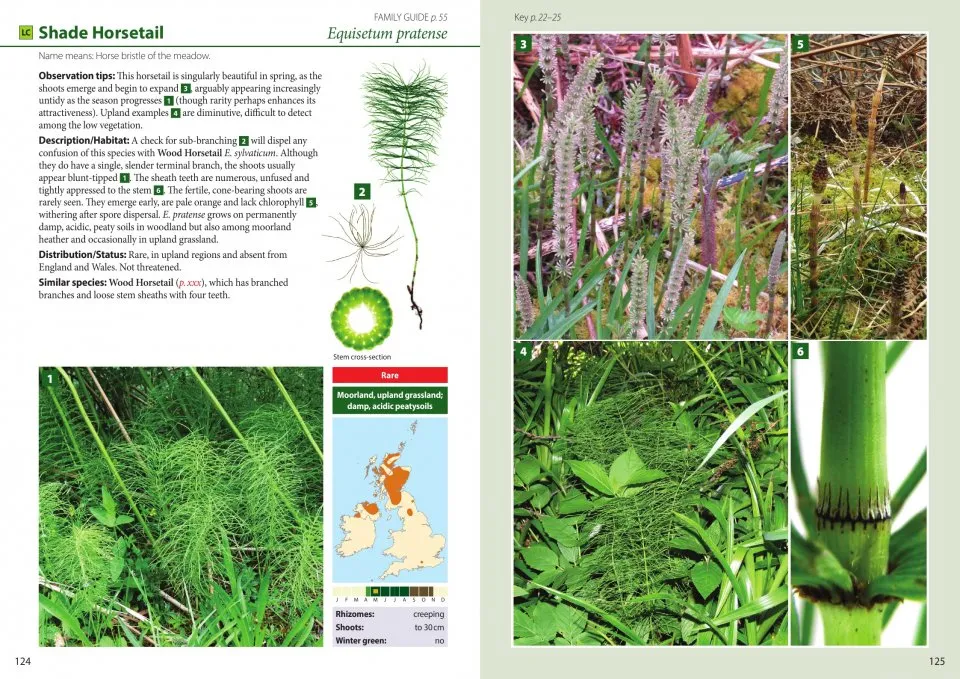In the Victorian period and at the height of ‘pteridomania’ the world was awash with relatively inexpensive illustrated guides to the ferns and their allies. Fast forward a hundred years and the would-be fern-identifier would struggle to find a dedicated up-to-date guide. The most comprehensive account of these plants, Chris Page’s The Ferns of Britain and Ireland, was last revised in 1997, is expensive, lacks established non-natives and is not for the field. For much of the late 20th century the misleadingly modestly named Welsh Ferns was the work of choice until the arrival of James Merryweather’s Fern Guide, now in its 3rd edition. That admirable work, though, is effectively just an illustrated key, and there has clearly been demand for a meatier but still accessible and affordable modern treatment of this popular group of plants. It is this vacuum which Merryweather’s new guide aims to fill. Those familiar with the Fern Guide will see the same approach adopted here, with brief introductions to the pteridophytes, a glossary and then nicely illustrated keys to groups, families and genera. Almost every one of the 77 taxa treated is given a two-page spread, with observation tips, a very brief description of aspects of the plant and its habitat useful for its identification, and its distribution. These are nicely laid out and well illustrated. Of smaller format than the Fern Guide, I guess with field use in consideration, this can on the text-rich pages give a daunting density and crowded feel, for there is much packed into this book beyond the very nicely illustrated accounts of the species and the few commoner hybrids treated. The book concludes with various short illustrated pieces on all-year-round pteridology, juvenile ferns, urban ferns, variation in pteridophytes and non-native and nuisance pteridophytes. These are for me the less successful elements. I am not sure that, given the space available, much could be meaningfully said here and they feel a bit tacked on and random, lacking a flow although admittedly containing much of interest. They might be better placed in the introduction, although I can see why Merryweather did not want to bombard users with too much information at this point.
View this book on the NHBS website
The nomenclature generally follows the most recent Pteridophyte Phylogeny Group treatment and subsequent papers; users of Stace will have to come to terms with the change to Struthiopteris from Blechnum and to Vandenboschia from Trichomanes, and the adoption of Pseudathyrium for the ex-indusiate montane lady ferns. The novel clubmoss genus Spinulum has, however, not found favour here. A few extinct taxa are not included, neither is the very rare Equisetum ramosissimum (which gets the briefest of mentions, on page 56) perhaps because of its questioned status – it is, however, listed on the Wildlife and Countryside Act, Schedule 8 and hence its identification is important. I think it a great shame that no non-native taxa are treated beyond the brief concluding discussion – one is after all much more likely to find a Cyrtomium than a Woodsia! Even the very widespread water-fern Azolla gets only the briefest of mentions. Two common hybrids are fully described: both are admittedly frequent, but they are not the commonest British and Irish hybrids. Why they were chosen above others is unclear. I wish that more hybrids could have been included, but I know that focusing on these can detract from the simple messages needed by beginners.
There are a few small errors, On page 94, D. oreades has been mislabelled D. dilatata and there is an inconsistency in the naming of Asplenium obovatum subsp. Billotii, which more regularly is called, incorrectly, subsp. lanceolatum. Our Diphasiastrum ‘complanatum’, briefly mentioned on page 106, should be called Diphasiastrum × issleri, or D. issleri if one prefers. This partially fertile hybrid was treated as a subspecies of complanatum by Jermy in Flora Europaea and subsequently has too often been rather lazily called complanatum. Its distinguishing features are not adequately given. I have a few small additional quibbles: Gymnocarpium robertianum is not found exclusively on limestone, Ophioglossum azoricum is not exclusively a seaside plant, and surely no one in lowland England would regard Beech Fern as widespread and common. It is a shame that photos of Irish examples of Asplenium onopteris were not used; our plants are of a rather extreme and distinct form, but, even so, spore size is really the only satisfactory discriminant from A. adiantum-nigrum. Such criticisms should not detract from what is an excellent book. It goes a long way to filling the massive void and will, I think, be very popular with many naturalists and botanists. The conversational approach taken will engage with many readers getting to grips with these plants for the first time. It is, as it claims to be, user-friendly. The many photographs are good and well selected, the keys, hints and tips fine-honed, and the book looks handsome but robust enough to survive field use. It is strongly recommended.



